Navigating the world of convertible car seats can be challenging, especially for new parents. With so many safety guidelines and options, it’s essential to understand how a convertible car seat can provide both rear-facing and forward-facing configurations to grow with your child.
Let’s break down the key aspects of convertible car seats, from safety regulations to practical advice, to help you make an informed decision for your family.
Convertible Car Seat Safety Guidelines
Global Standards
Convertible car seats adhere to specific safety regulations that guide their use for infants and toddlers. These regulations focus on ensuring maximum protection for your child during every stage of growth. Here’s a summary:
- Rear-Facing Requirements: Convertible car seats allow infants to remain rear-facing up to 18–25 kg, depending on the model. Rear-facing is considered the safest position for young children.
- Forward-Facing Guidelines: Once your child exceeds the rear-facing weight or height limit, the seat transitions to a forward-facing position, supporting children up to 30 kg.
- ISOFIX Compatibility: Many convertible car seats feature ISOFIX connectors for secure and straightforward installation, reducing errors.
European Standards
In Europe, two primary standards regulate car seat safety:
- ECE R129 (i-Size): Requires children to remain rear-facing until at least 15 months and ensures enhanced side-impact protection.
- ECE R44/04: Allows forward-facing car seats from 13 kg but recommends rear-facing for as long as possible for maximum safety.
When Should You Transition a Convertible Car Seat?

The decision to transition your child’s convertible car seat from rear-facing to forward-facing depends on their size, weight, and developmental stage. Here are the key indicators:
- Height and Weight Limits: Most convertible car seats support rear-facing up to 18–25 kg. Transition to forward-facing only after your child surpasses this range.
- Head Position: If your child’s head reaches the top edge of the seat, it’s time to upgrade to a forward-facing configuration.
- Age Recommendations: Experts recommend rear-facing until at least 2 years of age, with some advising up to 4 years.
Benefits of Convertible Car Seats
Convertible car seats are versatile and long-lasting, offering several advantages for growing families:
- Cost-Effective: One seat accommodates multiple growth stages, saving money in the long run.
- Enhanced Safety: Designed to protect children during both rear-facing and forward-facing stages with features like energy-absorbing foam and side-impact protection.
- Environmental Impact: Reduces waste by eliminating the need to purchase multiple car seats.
Age-Based vs. Weight-Based Guidelines
Many parents wonder whether to follow age, weight, or height guidelines when using a convertible car seat. Here’s a quick comparison:
- Age-Based: Transitioning to forward-facing at age two is common, but it’s safer to wait until your child reaches the maximum height or weight for their rear-facing seat.
- Weight-Based: European standards like ECE R44/04 allow forward-facing from 13 kg, but rear-facing for longer is strongly recommended.
- Height-Based: ECE R129 emphasizes height as a reliable measure for transitioning to forward-facing, offering more tailored guidance for safety.
Why Rear-Facing is Safer
Rear-facing convertible car seats offer superior protection for a child’s head, neck, and spine during a collision. Statistics show children are five times safer in rear-facing seats compared to forward-facing options.
How to Choose the Best Convertible Car Seat
When selecting a convertible car seat, consider the following factors:
- Vehicle Compatibility: Ensure the car seat fits securely in your car, especially if you have a smaller vehicle.
- Ease of Installation: Look for models with clear instructions and ISOFIX connectors for a hassle-free setup.
- Safety Features: Prioritize seats with advanced safety certifications such as ECE R129 or ECE R44/04.
- Comfort Options: Features like adjustable recline positions, padded inserts, and breathable fabrics ensure a comfortable ride for your child.
Final Thoughts
Convertible car seats are an excellent investment for parents seeking safety, versatility, and long-term value. By following height, weight, and safety guidelines, you can ensure your child is protected during every stage of their development. Always choose a seat that fits your vehicle and meets the latest safety standards.
Ready to find the perfect convertible car seat for your family? Explore our collection for models that combine advanced safety features with stylish designs.
Shop Convertible Car Seats Now
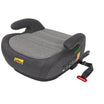
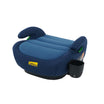
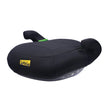
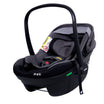
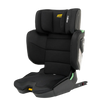
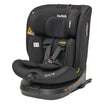
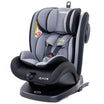
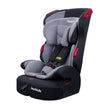
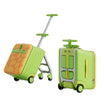
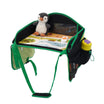
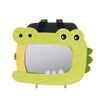
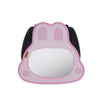
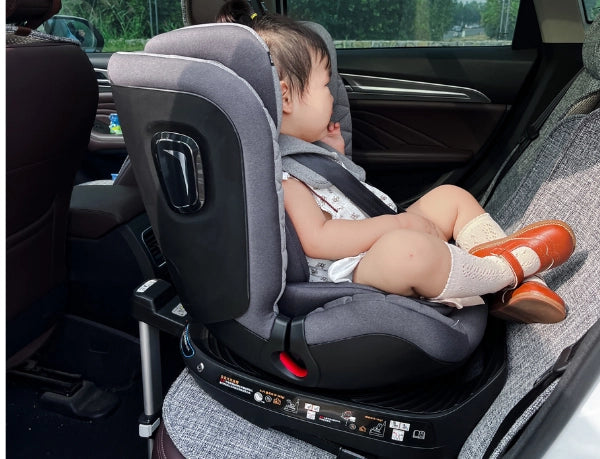
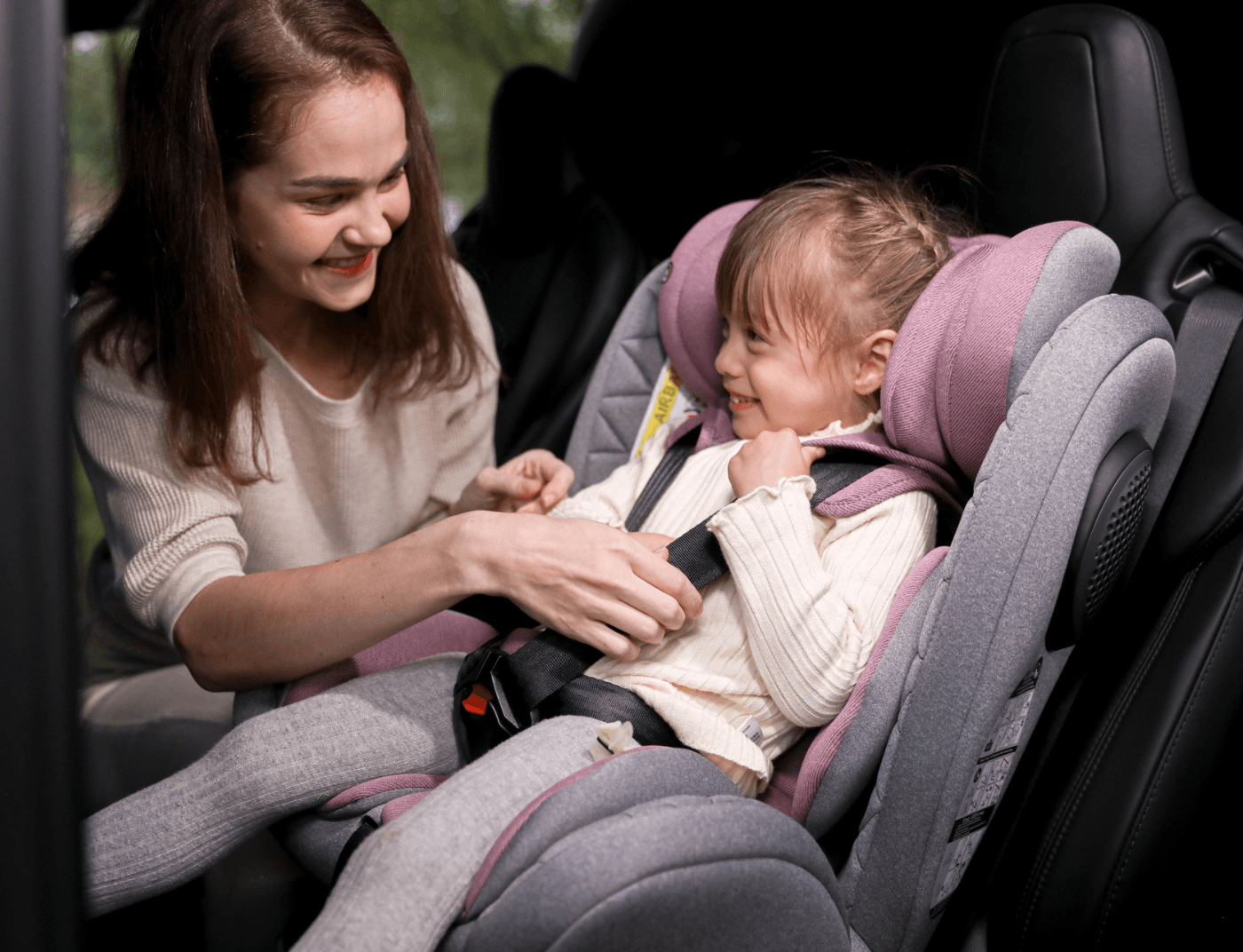
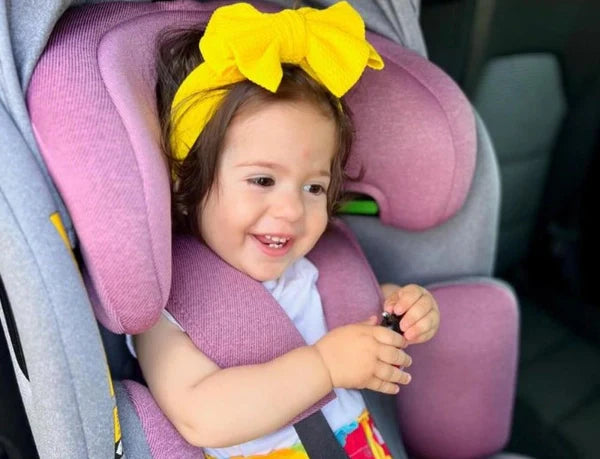
Leave a comment
This site is protected by hCaptcha and the hCaptcha Privacy Policy and Terms of Service apply.